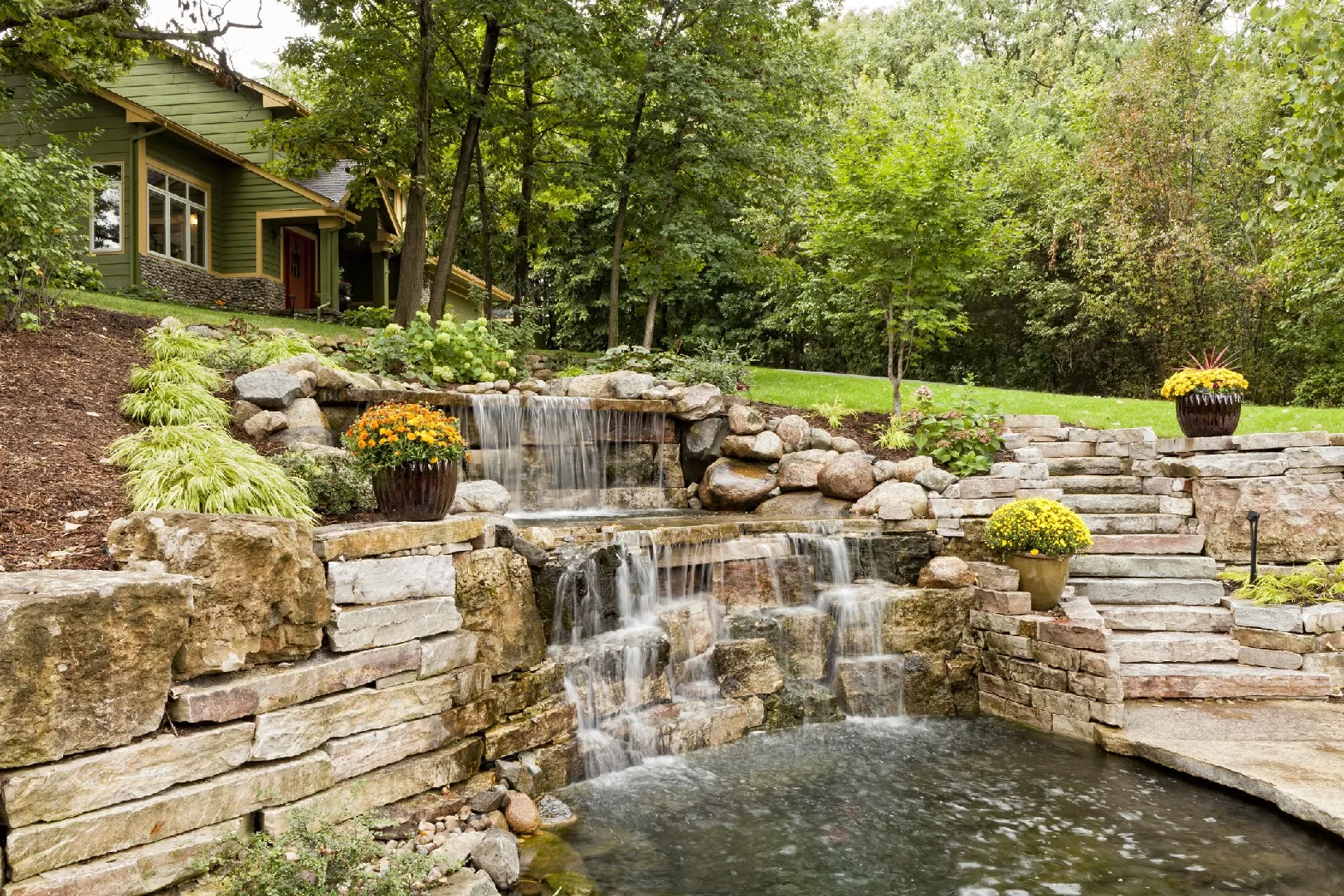Creating Serenity: Essential Elements of a Peaceful Garden

Designing Tranquil Retreats: Approaches to Serene Garden Spaces
Key Approaches to Garden Serenity
-
Minimalist Zen Design: Emphasizes simplicity, natural elements, clear lines for contemplation. Balanced placement of rocks, water, sparse greenery cultivates profound peace. (152 chars)
-
Sensory Immersion Garden: Engages all senses with fragrant plants, soothing water, varied textures, gentle sounds. Creates an enveloping experience fostering deep relaxation. (159 chars)
-
Wildflower & Native Habitat: Embraces natural ecosystems, using indigenous plants to attract local wildlife. Creates an untamed, harmonious environment, promoting biodiversity. (158 chars)
Criteria for Garden Design Evaluation
-
Maintenance Effort: Consider the ongoing time and attention needed to keep the garden design flourishing. (107 chars)
-
Space Adaptability: Assess how well the approach scales to various garden sizes, from small patios to expansive properties. (117 chars)
-
Aesthetic Harmony: Evaluate the visual appeal and how effectively the design evokes calm and natural beauty. (114 chars)
-
Sensory Engagement: Determine how the design stimulates senses, contributing to a holistic, tranquil experience. (112 chars)
Comparative Analysis of Garden Styles
The Minimalist Zen Design requires meticulous, focused maintenance for its clean lines and raked gravel. Its elegance lies in remarkable space adaptability, excelling in compact urban settings where every element holds profound significance. It scales effectively for larger areas. (249 chars)
Aesthetically, the Zen garden promotes deep visual calm and order, a true sanctuary. Sensory engagement is subtle yet impactful, relying on gentle sounds like rustling bamboo or a small water feature, alongside visual peace from its balanced composition. (246 chars)
In contrast, the Sensory Immersion Garden often demands moderate to high maintenance due to diverse plant needs and water feature upkeep. Highly versatile, it suits various scales, but excels in dedicated zones for distinct sensory experiences. (246 chars)
Aesthetically, these gardens are vibrant and inviting, offering a rich tapestry of colors, forms, and textures. Their core strength lies in comprehensive sensory engagement, from fragrant blooms and rustling leaves to bubbling water and varied textures. (249 chars)
The Wildflower & Native Habitat approach requires lower maintenance once established, as native plants adapt to local conditions. This design thrives in larger, less formal spaces where natural flora spread can be appreciated, fostering local ecosystems. (247 chars)
The aesthetic of a Wildflower & Native Habitat garden is natural abundance and untamed beauty, evolving through seasons. Sensory engagement primarily comes from the sights and sounds of local wildlife, rustling grasses, and authentic scents of indigenous flora. (249 chars)
Selecting Your Ideal Tranquil Space
For those seeking a highly structured, low-clutter environment emphasizing contemplation and visual order, the Minimalist Zen approach is ideal. It suits individuals appreciating precision and a serene aesthetic, especially in compact urban settings, offering profound calm. A&G LANDSCAPE can help design your perfect sanctuary. (266 chars)
If the goal is a rich, engaging experience that awakens all senses, a Sensory Immersion Garden is highly recommended. This approach is perfect for families or individuals desiring a dynamic outdoor space for relaxation and deeper connection with nature. These designs require careful planning, a specialty of A&G LANDSCAPE. (293 chars)
Opt for a Wildflower & Native Habitat garden if your priority is ecological harmony and minimal intervention. This method is excellent for larger properties or those wishing to support local biodiversity while enjoying a natural, evolving landscape with less intensive care. We invite you to consult A&G LANDSCAPE for personalized guidance. (300 chars)